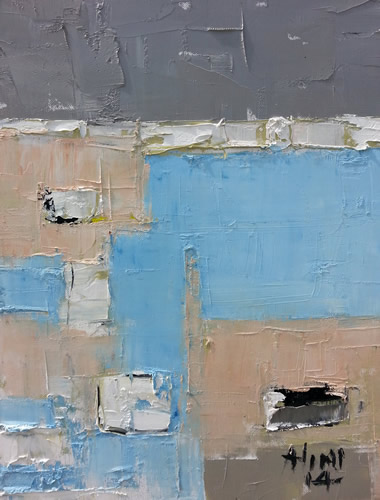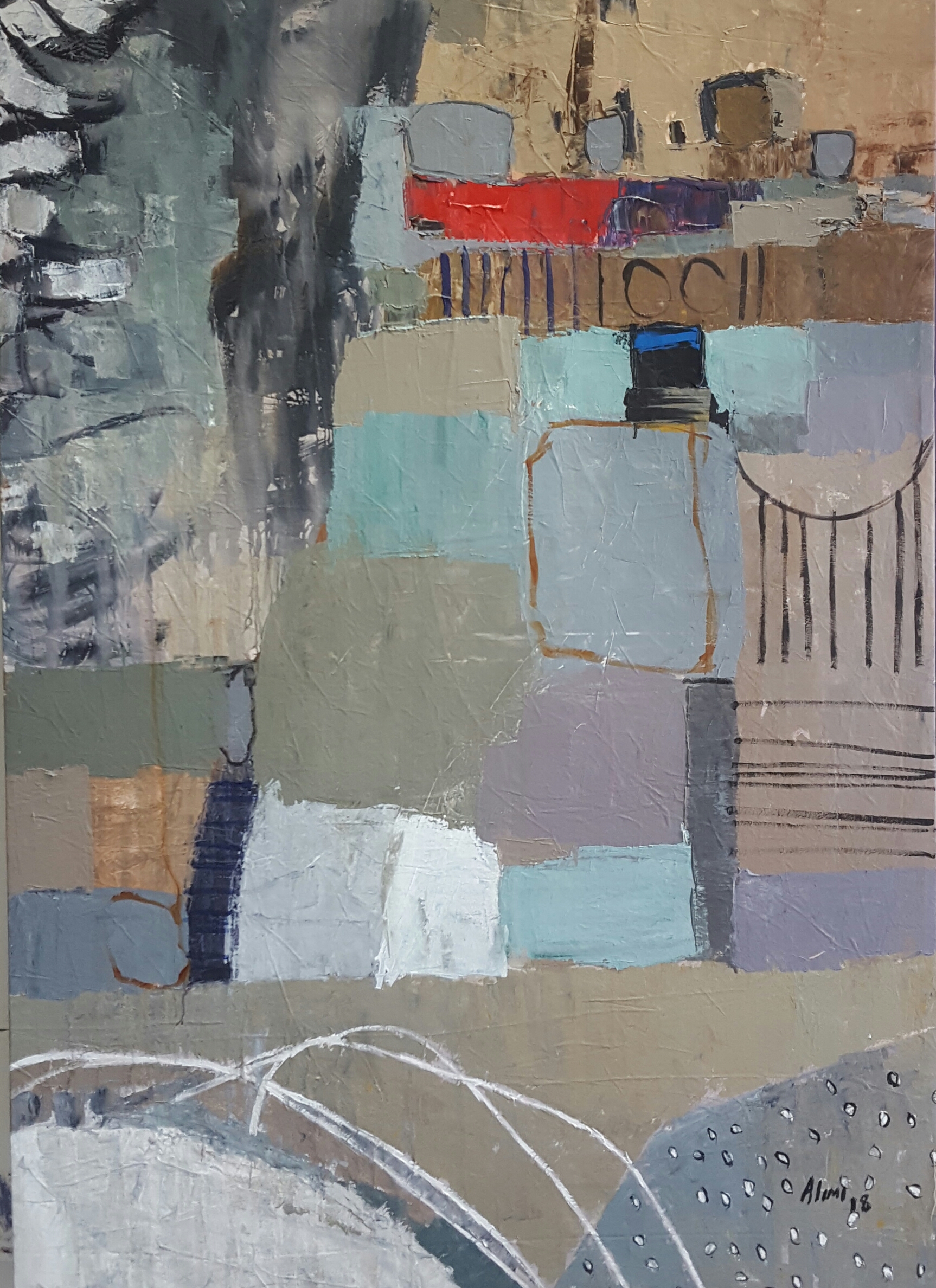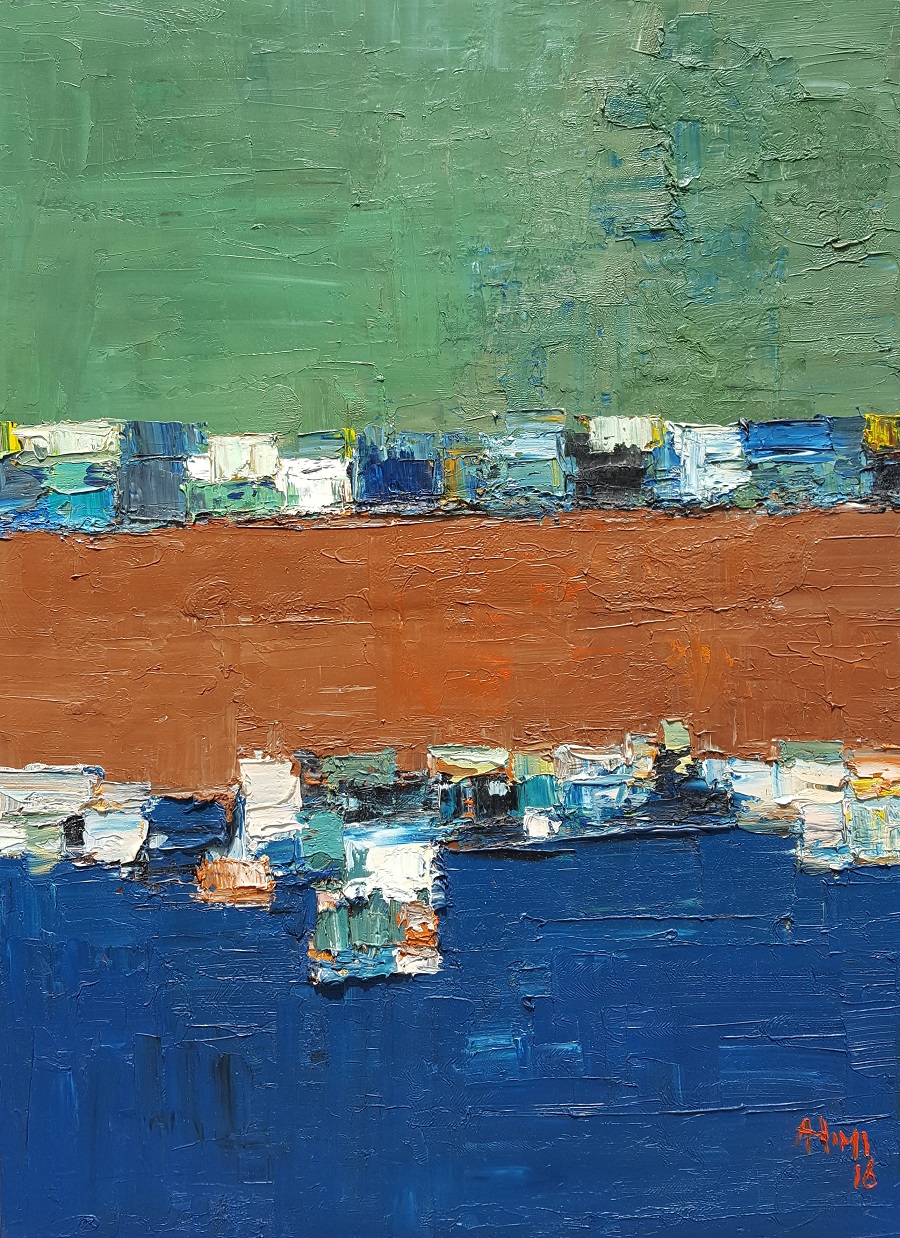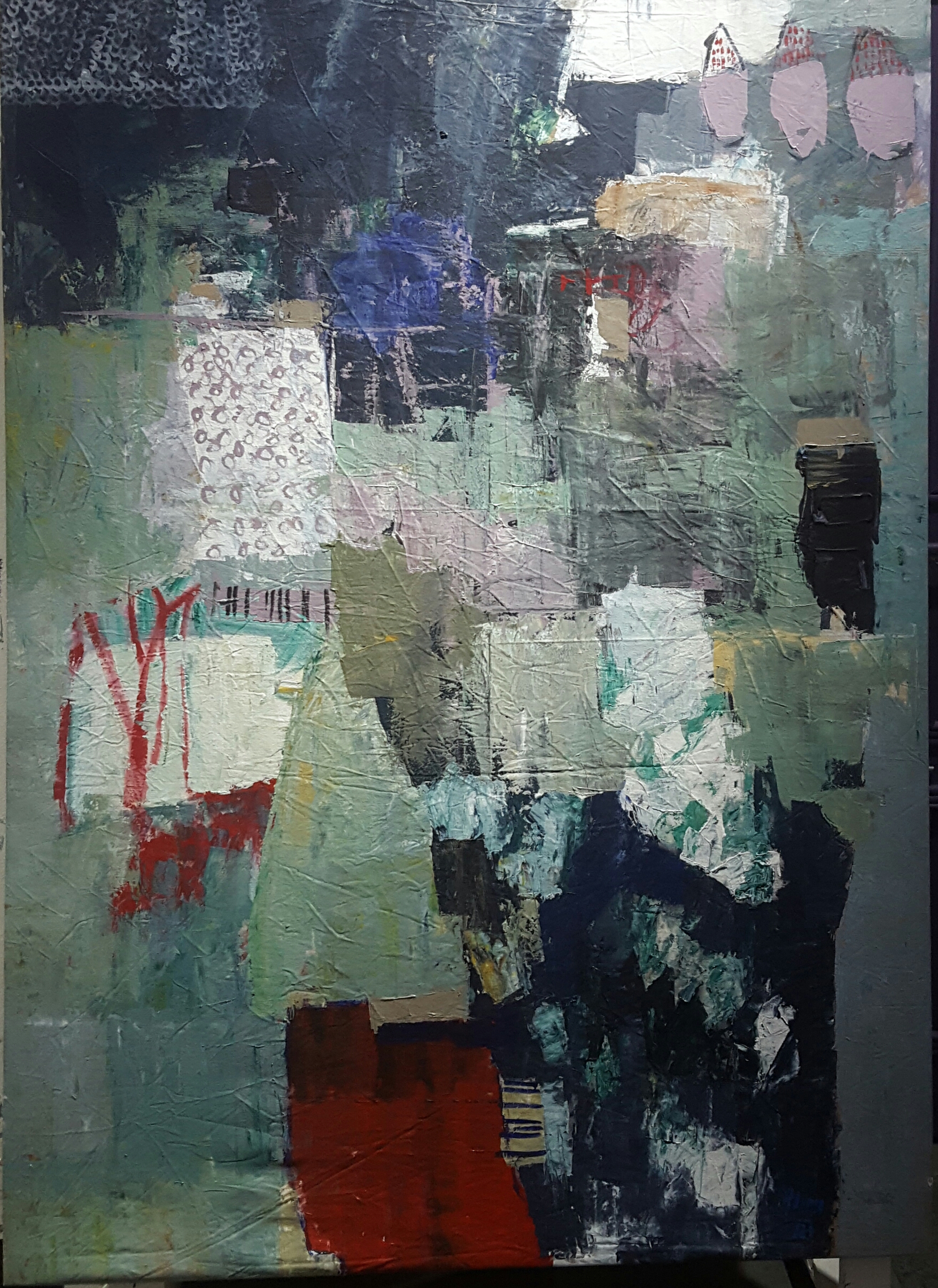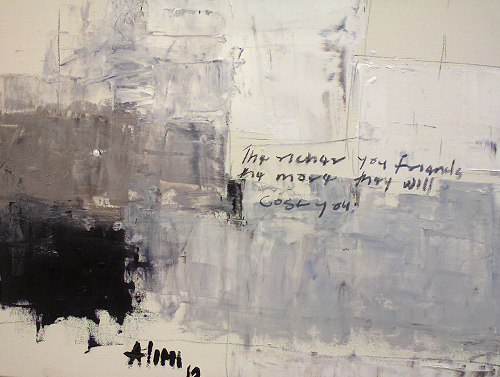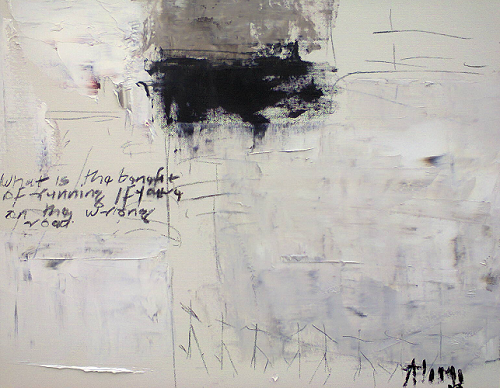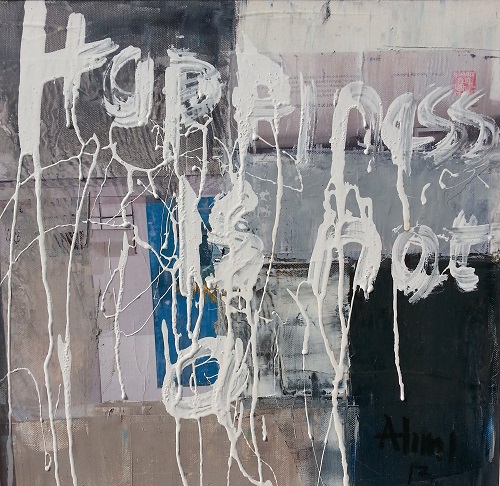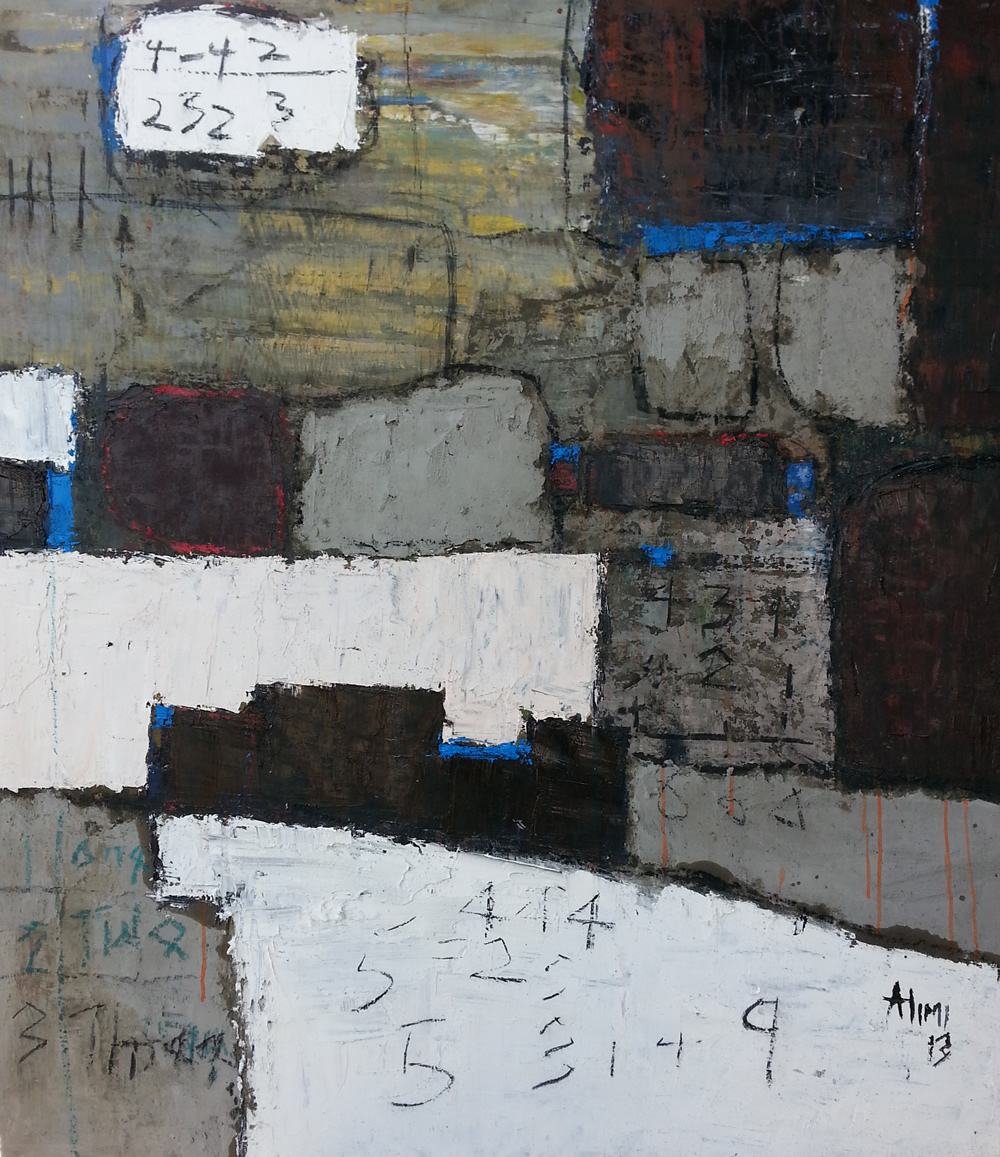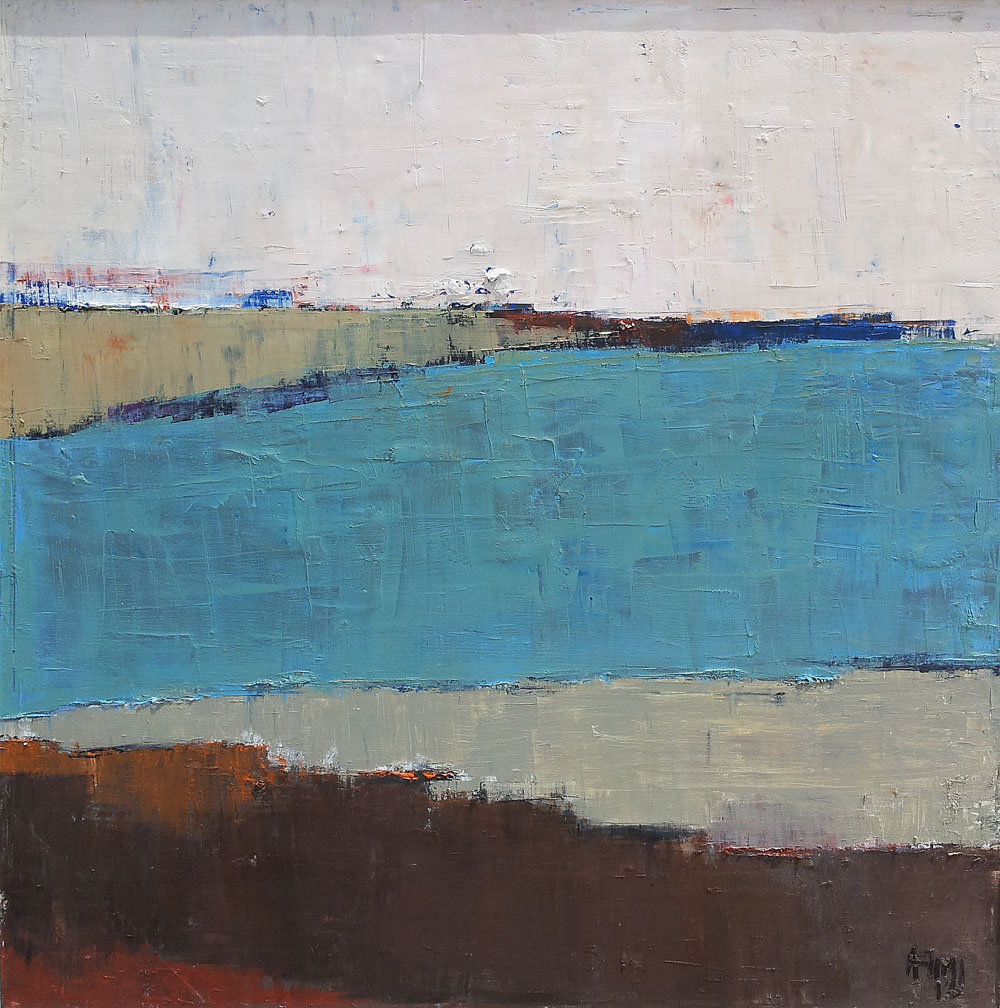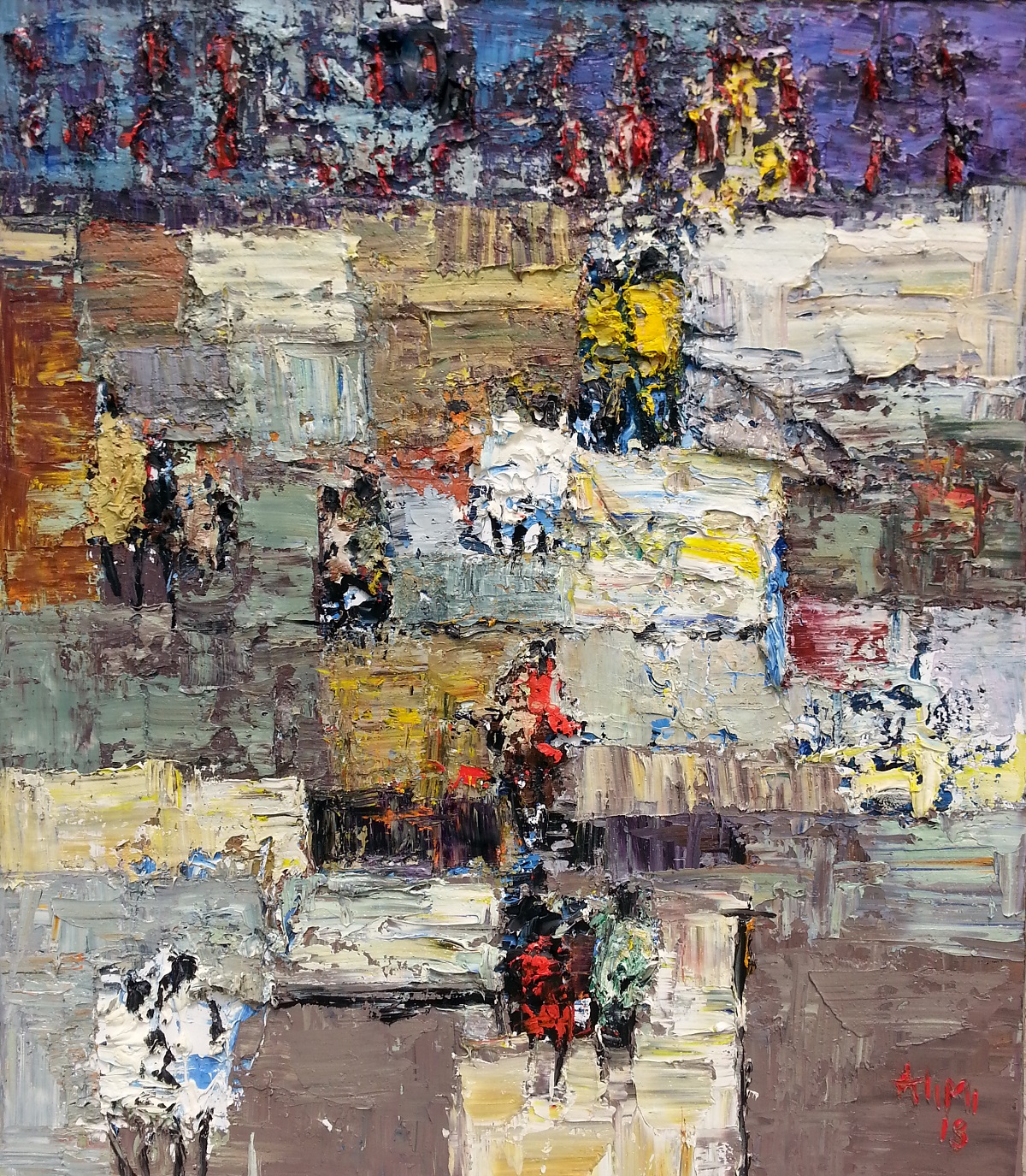Abstraction
Strictly speaking, the word abstract means to separate or withdraw something from something else. The term can be applied to art that is based an object, figure or landscape, where forms have been simplified or schematised. It is also applied to art that uses forms, such as geometric shapes or gestural marks, which have no source at all in an external visual reality Abstract art is often seen as carrying a moral dimension, in that it can be seen to stand for virtues such as order, purity, simplicity and spirituality. Since the early 1900s, abstract art has formed a central stream of modern art.
These body of work is my attempt on African abstraction, during the early 1900s, the aesthetics of traditional African sculpture became a powerful influence among European artists who formed an avant-garde in the development of modern art. In France, Henri Matisse, Pablo Picasso, and their School of Paris friends blended the highly stylized treatment of the human figure in African sculptures with painting styles derived from the post-Impressionist works of Cézanne and Gauguin.
In the contemporary postcolonial era, the influence of traditional African aesthetics and processes is so profoundly embedded in artistic practice that it is only rarely evoked as such. The increasing globalization of the art world, which now includes contemporary African artists such as Malian photographer Seydou Keïta (1997.364) and Ghana-born sculptor El Anatsui (2007.96), renders increasingly moot any term that assumes a distinct divide between Western and non-Western art. The Primitivist worldview is being relegated to the past. It is in efforts to understand the full spectrum of the aesthetic foundations for early modernism that an investigation of African influences in modern art remains relevant today.

